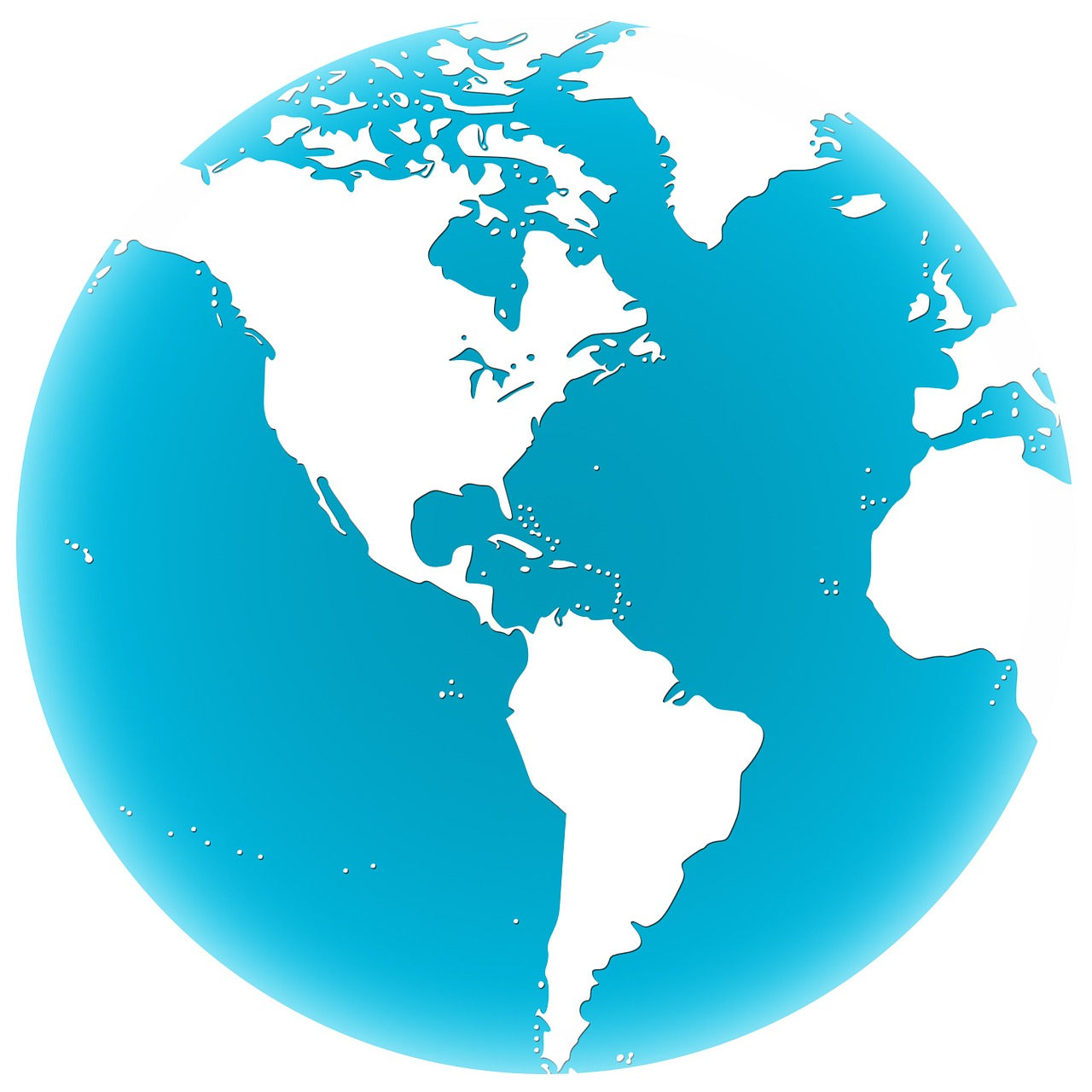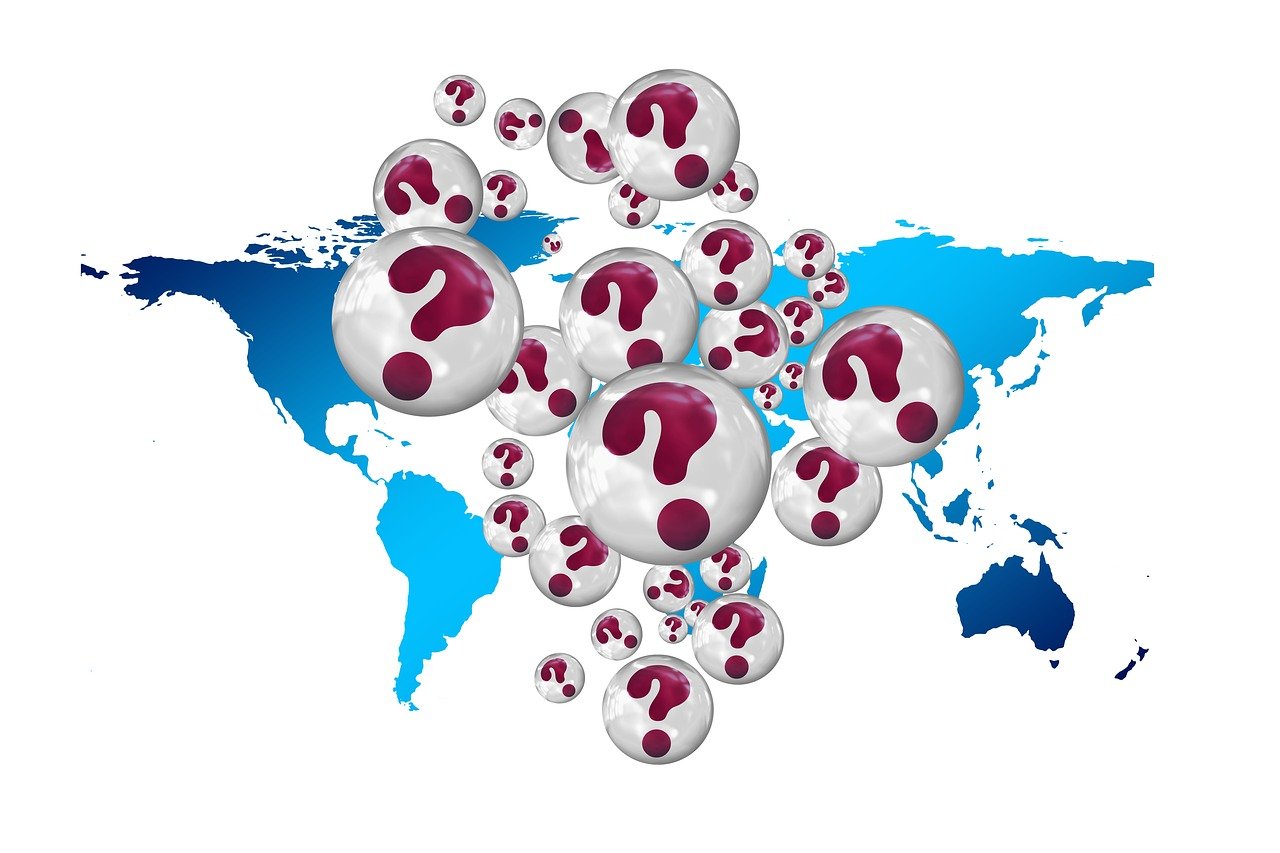
Decoding the Politics Behind the Philippines’ COVID-19 Response: A Timeline and Analysis
The COVID-19 pandemic has tested the political frameworks and public health systems of nations worldwide. The Philippines, an archipelago in Southeast Asia, has been no exception. With its unique political landscape and socio-economic challenges, the country’s response to COVID-19 is a tale of political maneuvering, public health strategies, and socio-economic decisions. This blog post aims to decode the politics behind the Philippines’ COVID-19 response by providing a detailed timeline and analysis of the events that have shaped its journey through the pandemic.
The Initial Response: Early 2020
The first few months of 2020 were critical for the Philippines as the world watched the rapid spread of COVID-19 from Wuhan, China. The Philippine government, under President Rodrigo Duterte, initially issued travel restrictions from Hubei Province in January 2020. However, the responses were criticized for being delayed, as the first confirmed case in the country was detected shortly after.
In March 2020, the government declared a state of public health emergency and imposed an Enhanced Community Quarantine (ECQ) in Luzon, the largest and most populous island. This move was a decisive step to curb the spread but also raised questions about the preparedness of the healthcare system and the socio-economic impact on the population. The lockdown measures affected millions of Filipinos, particularly those in the informal sector, who faced sudden income loss and lack of access to essential services.
Political Dynamics and Public Health Strategies
The implementation of quarantine measures brought the political dynamics within the Philippines to the forefront. The Inter-Agency Task Force for the Management of Emerging Infectious Diseases (IATF-EID) was established as the primary body for crisis management. However, its decisions often sparked debates regarding the balance of power between local governments and the national government. The tension was evident when local government units (LGUs) attempted to impose their own health measures, sometimes contradicting national directives.

The role of the World Health Organization (WHO) also became a focal point. WHO guidelines often influenced national policies, but the adaptability of these guidelines to the local context was frequently questioned. The Duterte administration faced criticism for its reliance on military and police enforcement in implementing public health measures, raising concerns about human rights and the militarization of the pandemic response.
Vaccination Rollout and Political Implications
The arrival of COVID-19 vaccines marked a new phase in the pandemic response in the Philippines. The vaccine rollout began in March 2021, initially prioritizing healthcare workers and vulnerable populations. The government’s vaccine procurement strategy was closely scrutinized, as it included deals with various vaccine manufacturers, such as Sinovac and AstraZeneca.
Political implications arose as the government faced allegations of preferential treatment and lack of transparency in vaccine distribution. Public trust in the vaccination program was affected by these controversies, coupled with vaccine hesitancy fueled by misinformation and past vaccine controversies, such as the Dengvaxia issue. The government launched information campaigns to counteract hesitancy and encourage vaccination uptake.
Socio-Economic Impact and Government Response
The socio-economic impact of the pandemic in the Philippines has been profound. The prolonged lockdowns and quarantine measures led to a contraction of the economy, with GDP shrinking by 9.5% in 2020, marking the worst economic performance since World War II. The government introduced the Bayanihan to Heal as One Act, which aimed to provide financial assistance and support to affected sectors.

Despite these efforts, the distribution of aid faced logistical challenges and allegations of corruption. The pandemic underscored the need for structural reforms in healthcare, social protection, and economic resilience. The government’s focus on infrastructure and the “Build, Build, Build” program was criticized for not aligning with immediate pandemic needs.
Public Sentiment and Political Fallout
The pandemic response has significantly influenced public sentiment towards the Duterte administration. While some praised the government’s decisive actions, others criticized the lack of foresight and the uneven implementation of policies. The role of social media became increasingly important as a platform for public discourse, with many Filipinos expressing their views on platforms such as Facebook and Twitter.
Public opinion polls reflected a decline in trust and satisfaction with the government’s handling of the pandemic. This sentiment could have political ramifications, influencing the upcoming elections and shaping future political landscapes in the country. The pandemic has highlighted the importance of effective communication and transparency in governance.
Lessons Learned and Future Directions
The COVID-19 pandemic has provided several lessons for the Philippines. It has highlighted the need for a resilient healthcare system, robust social protection mechanisms, and effective crisis communication strategies. The importance of collaboration between national and local governments, as well as international cooperation, cannot be overstated.
As the Philippines moves forward, the focus must be on strengthening public health infrastructure, enhancing disaster preparedness, and ensuring equitable access to healthcare services. The pandemic has also underscored the need for sustainable development practices that prioritize the health and well-being of citizens.
Takeaways

Decoding the politics behind the Philippines’ COVID-19 response reveals a complex interplay of governance, public health strategy, and socio-economic considerations. While the government took several measures to address the pandemic, the challenges highlighted gaps in the system that need to be addressed. Moving forward, the lessons learned from this experience can guide the Philippines in building a more resilient and responsive framework for future crises.
The journey through the COVID-19 pandemic has been transformative for the Philippines, reshaping political discourse and influencing the trajectory of the nation’s development. As the country continues to navigate these unprecedented times, it will be crucial to prioritize transparency, accountability, and inclusivity to foster trust and resilience among its people.
Impact on Healthcare Workers and Frontliners
The COVID-19 pandemic placed an unprecedented burden on healthcare workers and frontliners in the Philippines. From the onset of the pandemic, these individuals were hailed as heroes, yet they faced overwhelming challenges, including inadequate personal protective equipment (PPE), long working hours, and exposure to high-risk environments. The healthcare system, already under strain before the pandemic, struggled to cope with the surge in COVID-19 cases.
Healthcare workers’ plight highlighted the urgent need for reforms in the medical sector, including better working conditions, competitive salaries, and mental health support. The government’s response included providing hazard pay and incentives, but these measures were often delayed or insufficient. The situation raised questions about the sustainability of the healthcare workforce and the need for strategic investments in medical education and infrastructure.
Educational Disruptions and Policy Adjustments
The pandemic also disrupted the education system in the Philippines, affecting millions of students and educators. With physical classes suspended, the Department of Education adopted a blended learning approach, relying on online platforms, television, radio, and printed modules. However, this shift exposed the digital divide in the country, with many students lacking access to the necessary technology and internet connectivity.

The government faced the challenge of ensuring educational continuity while addressing these disparities. Initiatives to provide gadgets and internet access were implemented, but the scale of need was immense. The pandemic forced a reevaluation of educational policies and the importance of integrating technology into the learning environment. Moving forward, efforts to enhance digital literacy and infrastructure will be crucial for building a more resilient educational system.
Community Resilience and Grassroots Initiatives
Amidst the challenges, the pandemic also showcased the resilience and solidarity of Filipino communities. Grassroots initiatives and community-driven efforts played a significant role in providing support to those in need. From community pantries that offered free food supplies to neighborhood groups organizing relief efforts, these initiatives exemplified the spirit of bayanihan, or communal unity.
Local government units and non-governmental organizations worked together to address the immediate needs of their constituents. These efforts highlighted the importance of community engagement and the potential of decentralized approaches to crisis management. Empowering communities and fostering partnerships between public and private sectors will be vital in enhancing local resilience against future shocks.
International Collaboration and Future Preparedness
As the pandemic unfolded, international collaboration became a key component of the Philippines’ response strategy. The country engaged with global institutions and partners to secure funding, share knowledge, and gain access to critical resources, such as vaccines and medical supplies. The support from organizations like the United Nations Children’s Fund (UNICEF) played a crucial role in addressing the challenges faced by the nation.

The experience underscored the importance of building robust international partnerships and participating in global health initiatives. As the world anticipates future pandemics and health crises, strengthening global health governance systems and promoting equitable access to resources will be imperative. For the Philippines, this means actively participating in international forums and contributing to global health security efforts.
Political Landscape and Electoral Implications
The pandemic has inevitably influenced the political landscape in the Philippines. As the nation approaches its next electoral cycle, the government’s handling of the COVID-19 crisis will likely be a significant factor in shaping voter preferences. The performance of political leaders during the pandemic could impact electoral outcomes, with citizens seeking candidates who demonstrate transparency, empathy, and effective crisis management skills.
Political parties and candidates may focus on pandemic recovery plans, healthcare reform, and economic revitalization as central themes in their campaigns. The electorate’s demand for accountable and responsive leadership could lead to shifts in political dynamics, potentially paving the way for new leaders and policy directions. The pandemic has underscored the importance of governance that prioritizes the health and well-being of its citizens.
Conclusion: A Path Forward
The COVID-19 pandemic has been a defining moment for the Philippines, challenging its political, social, and economic structures. As the country continues to navigate the complexities of pandemic recovery, it must reflect on the lessons learned and implement meaningful reforms. The path forward involves strengthening healthcare systems, enhancing socio-economic resilience, and fostering inclusive and transparent governance.
Ultimately, the Philippines’ response to the pandemic will shape its future trajectory. By prioritizing public health, investing in education and digital infrastructure, and empowering communities, the country can build a more resilient and equitable society. As the world emerges from the pandemic, the Philippines has the opportunity to redefine its place on the global stage and become a model of resilience and recovery for others to follow.



